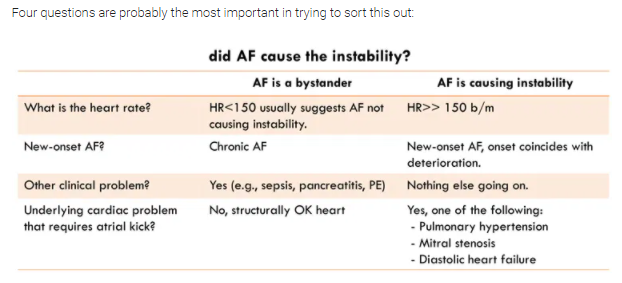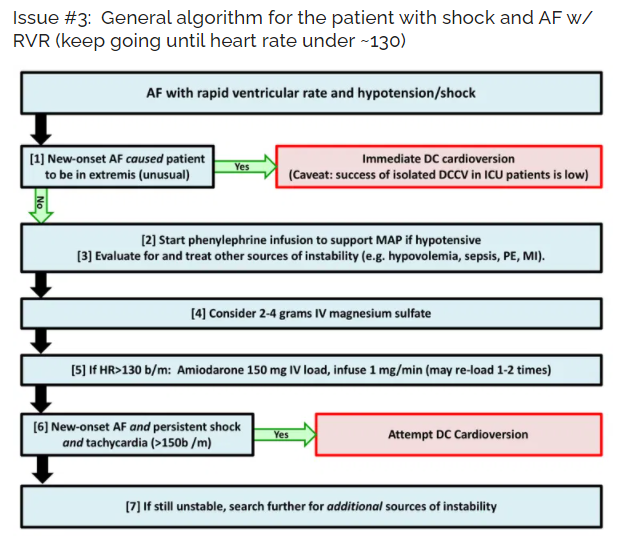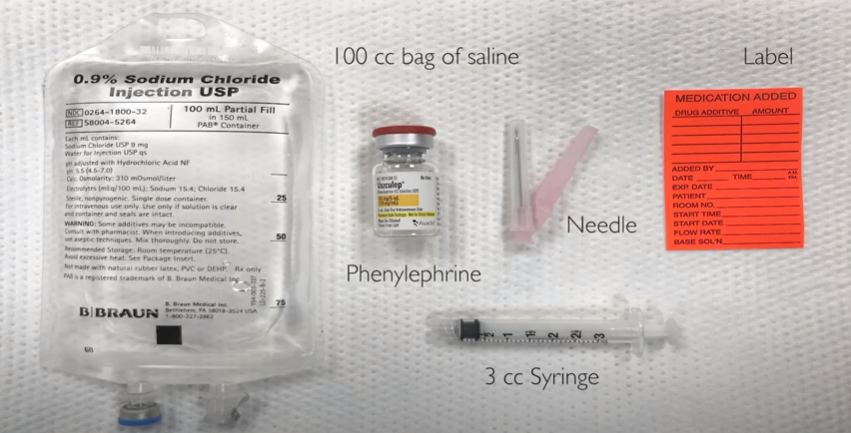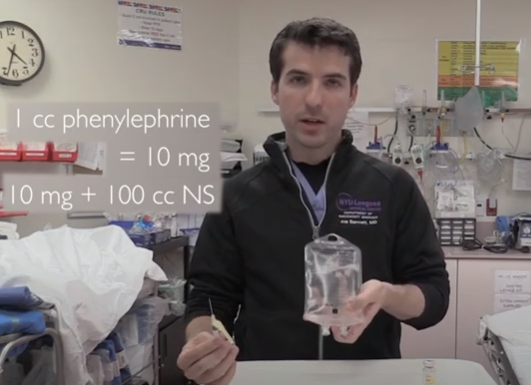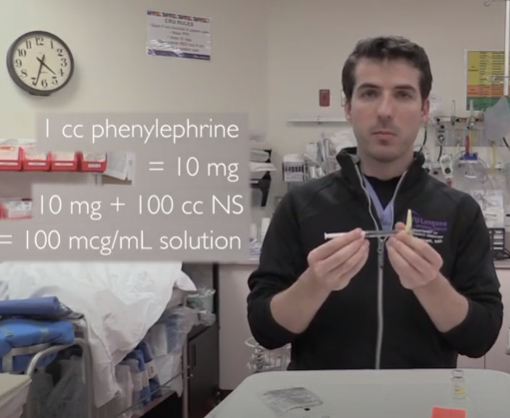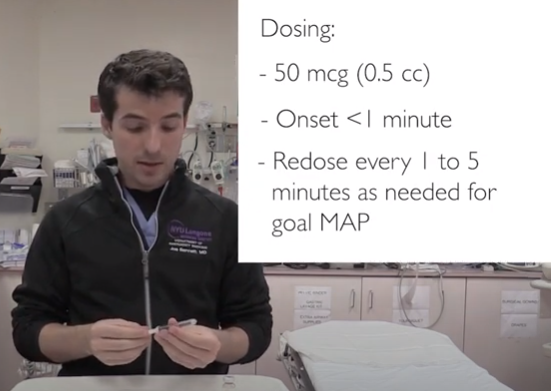After this post be sure and review the YouTube video, Push-Dose Pressors [Epinephrine and Phenylephrine], March 14, 2019 from CORE EM. The video shows you how to prepare syringes of the two medicines.
In this post I link to and excerpt from Pulmcrit’s Dr. Josh Farkas post, Flipping the Podcast: Approach to shocky patient in AF w/ RVR, January 18, 2018. Dr. Farkas writes:
I’m going on Tyler Christifulli’s FOAMFrat podcast soon to talk about the approach to the shocky patient in atrial fibrillation with rapid ventricular rate (AF with RVR). Tough topic. I’ve been trying to iron out some general algorithms for this, but they aren’t perfect. So I thought it might be fun to start by posting my ideas now – before the podcast. Please take a look and add some questions or critiques. Then we can explore everything at a deeper level in the podcast itself.
Note to myself: Just review Dr. Farkas complete post. I did not attempt to excerpt anything from Dr. Farkas post as everything in his post is relevant. And as always, his post is a quick read. I did, however, place Dr. Farkas’ graphics here:
Text
The reason the infographic above recommends a phenlyephrine infusion is because you’ll get blood pressure support without getting an increased heart rate. Review Phenyl infusions aren’t pure evil (PulmCrit).
Also see
See these links from Dr. Farkas’ post:
Related
- Crashing AF patient (EMCrit 2010)
- Tx of hemodynamically stable new-onset AF & Mg infusions for AF & TDP (PulmCrit 2015)
- Cardiogenic shock following cardioversion of atrial flutter (PulmCrit 2014)
- Phenyl infusions aren’t pure evil (PulmCrit)
See Push-Dose Pressors [Epinephrine and Phenylephrine], March 14, 2019 from CORE EM.
The first two minutes and twenty seconds are instructions on how to prepare push dose epinephrine. The instructions on how to prepare push dose phenylephrine start at 2:20 and run through the end at 4:38.
I’ve included slides from the phenylephrine portion of the video:
2:20
2:26
2:44: This is what you actually need:
3:08: Phenylephrine is a pure alpha agonist which is going to cause vasoconstriction.
3:13: The concentration we’re using is 1 cc of phenylephrine equals 10 mg. This is the standard concentration but you’ll need to check that.
3:25: So we draw up one cc of phenylephrine in our 3 cc syringe.
3:39: So we’ve got one cc of phenylephrine which equals 10 mg of phenylephrine [in our syringe].
3:48: We’re going to take our 10 milligrams of phenylephrine [in our syringe] and we’re going to inject it in to 100 cc of saline. We’re going to mix that up [shaking the bag].
3:51: And we now have 100 micrograms of phenylephrine per ml in our 100 cc bag.
4:05: Then into our [now empty] syringe, we withdraw [fill our syringe] from the phenylephrine normal saline mixture. We now have 100 mcg per ml in our syringe.
4:07: So the recommended dosage for this is going to vary based on recommendations. 50 mcg (0.5 cc) is probably a pretty safe dose to use.
4:15: [And here is the dosing]
4:34: When you use it, make sure you label it.

